Home>Articles>How To Find The Angle Of Rotation Without A Protractor
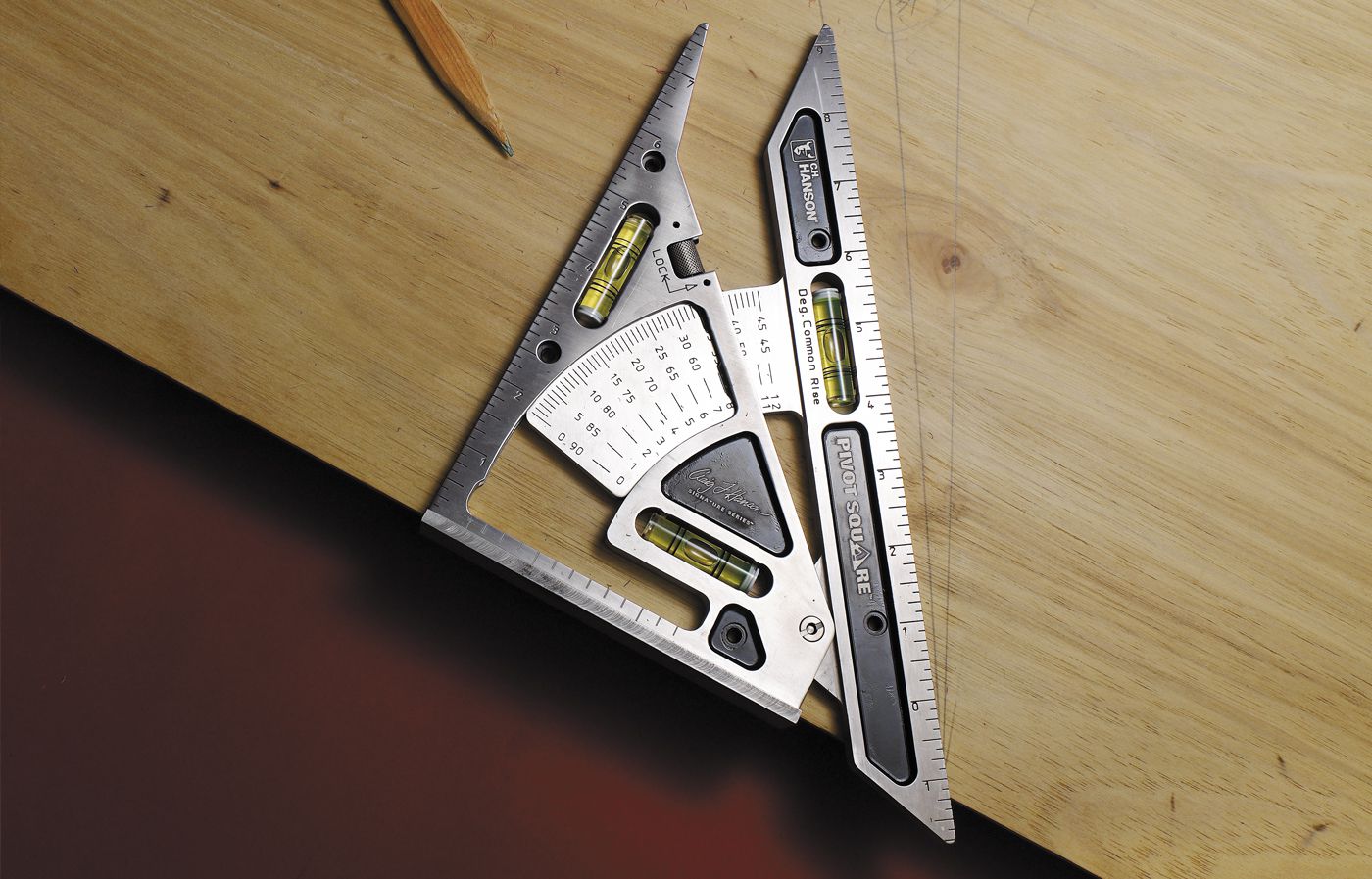

Articles
How To Find The Angle Of Rotation Without A Protractor
Modified: March 1, 2024
Learn how to calculate the angle of rotation without the need for a protractor in this informative article. Discover simple techniques and methods to find the angle you're looking for.
(Many of the links in this article redirect to a specific reviewed product. Your purchase of these products through affiliate links helps to generate commission for Storables.com, at no extra cost. Learn more)
Introduction
Welcome to our guide on how to find the angle of rotation without a protractor. Whether you’re a student working on a geometry assignment or an amateur handyman trying to measure angles for a DIY project, not having a protractor can be a bit challenging. However, fear not! We have some clever methods that will help you determine angles accurately using everyday objects you’re likely to have around.
Angles are an essential concept in mathematics and have practical applications in various fields. They help us understand the shape and relative positions of objects. While protractors are the go-to tool for measuring angles, they may not always be readily available. But with a little creativity and resourcefulness, you can still find the angle of rotation with alternative methods.
In this article, we will explore five different methods you can use to determine angles without relying on a protractor. These methods include using a clock, a smartphone or tablet, a ruler, your hand, and common objects. Each method offers a simple yet effective way to measure angles, providing you with the accuracy you need.
So, let’s dive in and discover how you can find the angle of rotation without a protractor!
Key Takeaways:
- Measure angles creatively
Use a clock, smartphone, ruler, hand, or common objects to estimate angles without a protractor. Embrace resourcefulness and enhance accuracy with practice and reliable tools. - Overcome angle challenges
Explore alternative methods to find angle measurements. From everyday objects to digital apps, creativity and ingenuity can help you confidently tackle angle-related tasks without a protractor.
Method 1: Using a Clock
One of the easiest and most accessible ways to find the angle of rotation without a protractor is by using a clock. Here’s how you can do it:
- Place the object or line whose angle you want to measure at the center of the clock face.
- Align the hour hand of the clock with one side of the object or line.
- Take note of the hour on the clock that the minute hand is pointing to.
- The angle of rotation can be determined by multiplying the number of the hour by 30 and adding any additional degrees based on the position of the minute hand.
For example, if the hour hand aligns with the 3 on the clock and the minute hand is pointing directly at the 6, the angle would be 90 degrees. This is because there are 30 degrees between each hour on the clock face, and the minute hand’s position indicates an additional 60 degrees.
Using a clock as a makeshift protractor gives you a quick and accurate measurement for angles. This method works well for angles between 0 and 180 degrees, as the hour hand can only align with the numbers on one side of the clock. For larger angles, it may be necessary to estimate and approximate.
Now that you know how to use a clock to find the angle of rotation, you can confidently measure angles without the need for a protractor!
Method 2: Using a Smartphone or Tablet
In today’s digital age, smartphones and tablets have become powerful tools that can also be used to measure angles. Here’s how you can use your smartphone or tablet as a makeshift protractor:
- Download a digital protractor app from your device’s app store. There are various free and paid options available, so choose one that suits your needs.
- Open the app and follow the instructions provided to calibrate it. This typically involves placing your device on a flat surface and aligning it with a reference line.
- Once calibrated, you can use the app to measure angles. Simply place your device on one side of the angle, making sure the reference line aligns with the object or line you want to measure.
- The app will display the angle measurement on the screen, allowing you to accurately determine the angle of rotation.
Using a smartphone or tablet as a protractor offers convenience and precision. These apps often include additional features like the ability to capture screenshots or save angle measurements for later reference.
It’s important to note that the accuracy of the measurement depends on the quality of the app and the calibration process. Take your time to ensure proper calibration to obtain reliable angle measurements.
With your smartphone or tablet in hand, you have a versatile tool that can serve as a digital protractor, making angle measurements a breeze!
Method 3: Using a Ruler
Another simple method to find the angle of rotation without a protractor is by using a ruler. Here’s how you can do it:
- Place the object or line whose angle you want to measure on a flat surface.
- Align one edge of the ruler with one side of the object or line, ensuring that it passes through the vertex of the angle.
- Note the measurement on the ruler where the other side of the object or line intersects.
- Take the measurement and divide it by the length of the ruler. This will give you the sine of the angle.
- Use the inverse sine function (sin⁻¹) on a calculator to find the angle in degrees.
For example, if the measurement on the ruler is 5 inches and the length of the ruler is 10 inches, the sine of the angle would be 0.5. Using the inverse sine function, the angle would be approximately 30 degrees.
Using a ruler as a makeshift protractor is a straightforward method that only requires a ruler and a basic calculator. While it may not provide the same precision as a protractor, it can give you a reasonable estimate of the angle.
Remember to ensure that the object or line is flat on the surface and that the ruler is aligned accurately to obtain accurate measurements.
By utilizing a ruler, you can easily determine angles without the need for a dedicated protractor.
Use the properties of shapes to find the angle of rotation. For example, if a shape is rotated around a point, the angle of rotation is equal to the angle between the original and final positions of a point on the shape.
Method 4: Using Your Hand
Believe it or not, your own hand can serve as a handy tool for approximating angles without a protractor. Here’s how you can use your hand to find the angle of rotation:
- Extend your arm fully in front of you, making sure it’s parallel to the surface.
- Spread your fingers as wide as possible.
- Align one side of the angle with the edge of your pinky finger and the other side with the edge of your thumb.
- Observe the angle formed between your fingers.
- Try to estimate the angle by comparing it with known reference angles, such as 90 degrees or 180 degrees.
Using your hand as a makeshift protractor allows you to quickly estimate angles without the need for any additional tools. While it may not provide precise measurements, it is a useful method for getting a rough idea of the angle’s magnitude.
It’s worth noting that the accuracy of this method depends on your ability to judge angles visually. Practice and experience will help improve your estimation skills over time.
Next time you find yourself without a protractor, just remember that your hand can be a reliable and portable tool for finding approximate angles.
Method 5: Using Common Objects
If you don’t have a protractor on hand, don’t worry – there are several common objects you can use as makeshift angle measurement tools. Here are a few examples:
- Paperclip: Straighten out a paperclip and use one end as a reference line. Align the other end with one side of the angle, and then read the measurement on the paperclip to determine the angle.
- CD or DVD: Place the CD or DVD on one side of the angle, making sure it lies flat on the surface. Align the other side of the angle with the edge of the CD or DVD, and then estimate the angle based on the markings on the disc.
- Index Card: Draw a right angle (∟) on an index card with a known measurement (e.g., 90 degrees). Align one side of the angle you want to measure with the drawn right angle and compare its size to determine the angle.
- Triangle Ruler: If you have a triangle ruler or a set square with known angle measurements, you can use it as a reference to estimate other angles by aligning its edges with the sides of the angle you want to measure.
These common objects can provide an alternative and creative way to measure angles accurately when a protractor is unavailable. However, keep in mind that the precision of these methods may vary, and they are best suited for approximating angles rather than obtaining precise measurements.
Remember to use objects with straight edges and clearly marked measurements to ensure the most accurate results.
With a bit of resourcefulness and some everyday objects, you can find the angle of rotation without a protractor and complete your tasks or projects with ease!
Conclusion
Measuring angles without a protractor may initially seem like a daunting task, but with the methods we’ve discussed in this article, it can be easily accomplished. Whether you’re using a clock, a smartphone, a ruler, your hand, or common objects, there are various techniques you can employ to find the angle of rotation.
While using alternative methods may not provide the same level of precision as a dedicated protractor, they offer practical solutions when a protractor is not readily available. These methods allow you to estimate angles accurately, providing you with the information you need for your mathematical assignments, DIY projects, or any situation where angle measurements are necessary.
Remember to exercise caution, ensure proper alignment, and practice estimating angles to enhance your accuracy over time. Additionally, use reliable tools such as digital protractor apps or objects with clear markings to improve measurement precision.
Now that you have a repertoire of techniques at your disposal, you can confidently measure angles without relying solely on a traditional protractor. Embrace your creativity, resourcefulness, and the ingenuity of these methods to overcome any angle measurement challenges you may encounter!
Frequently Asked Questions about How To Find The Angle Of Rotation Without A Protractor
Was this page helpful?
At Storables.com, we guarantee accurate and reliable information. Our content, validated by Expert Board Contributors, is crafted following stringent Editorial Policies. We're committed to providing you with well-researched, expert-backed insights for all your informational needs.
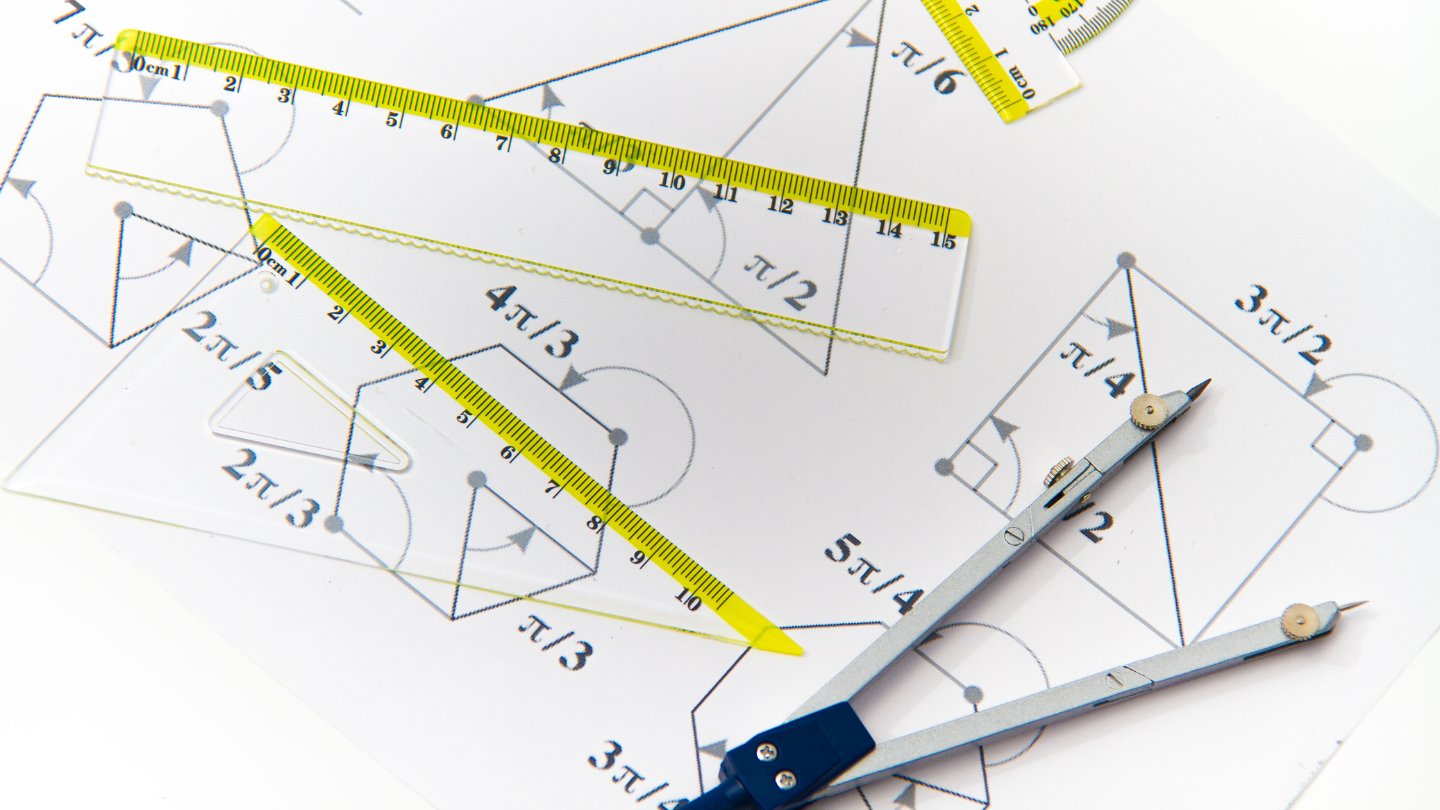
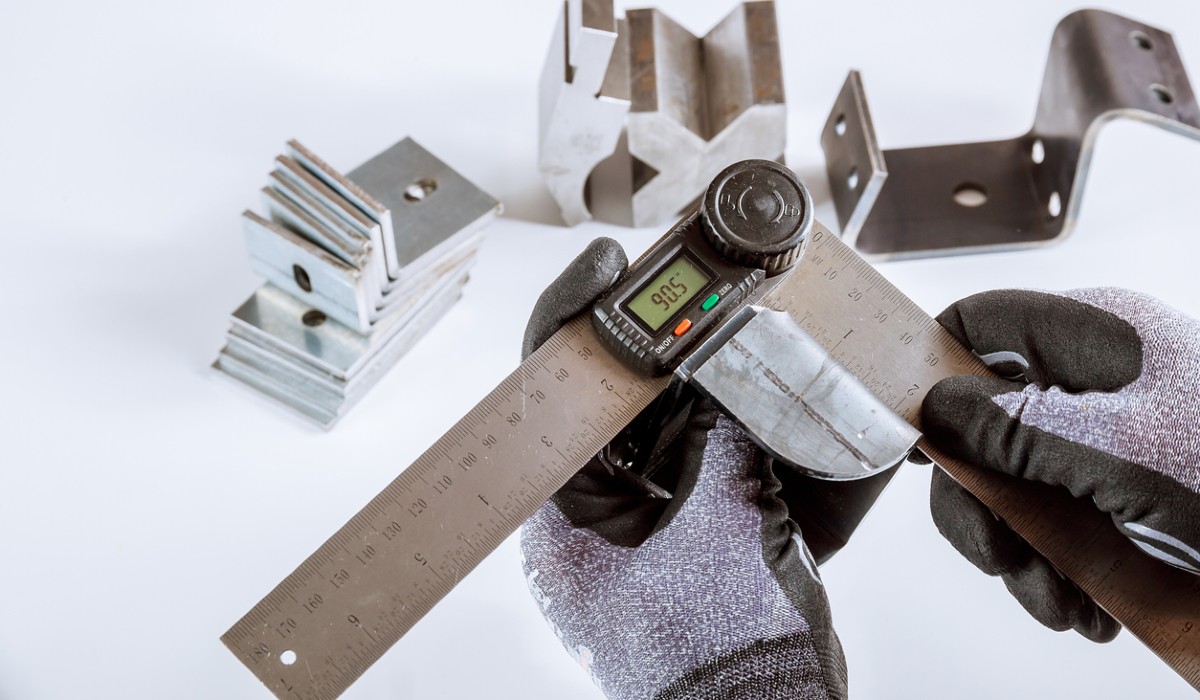
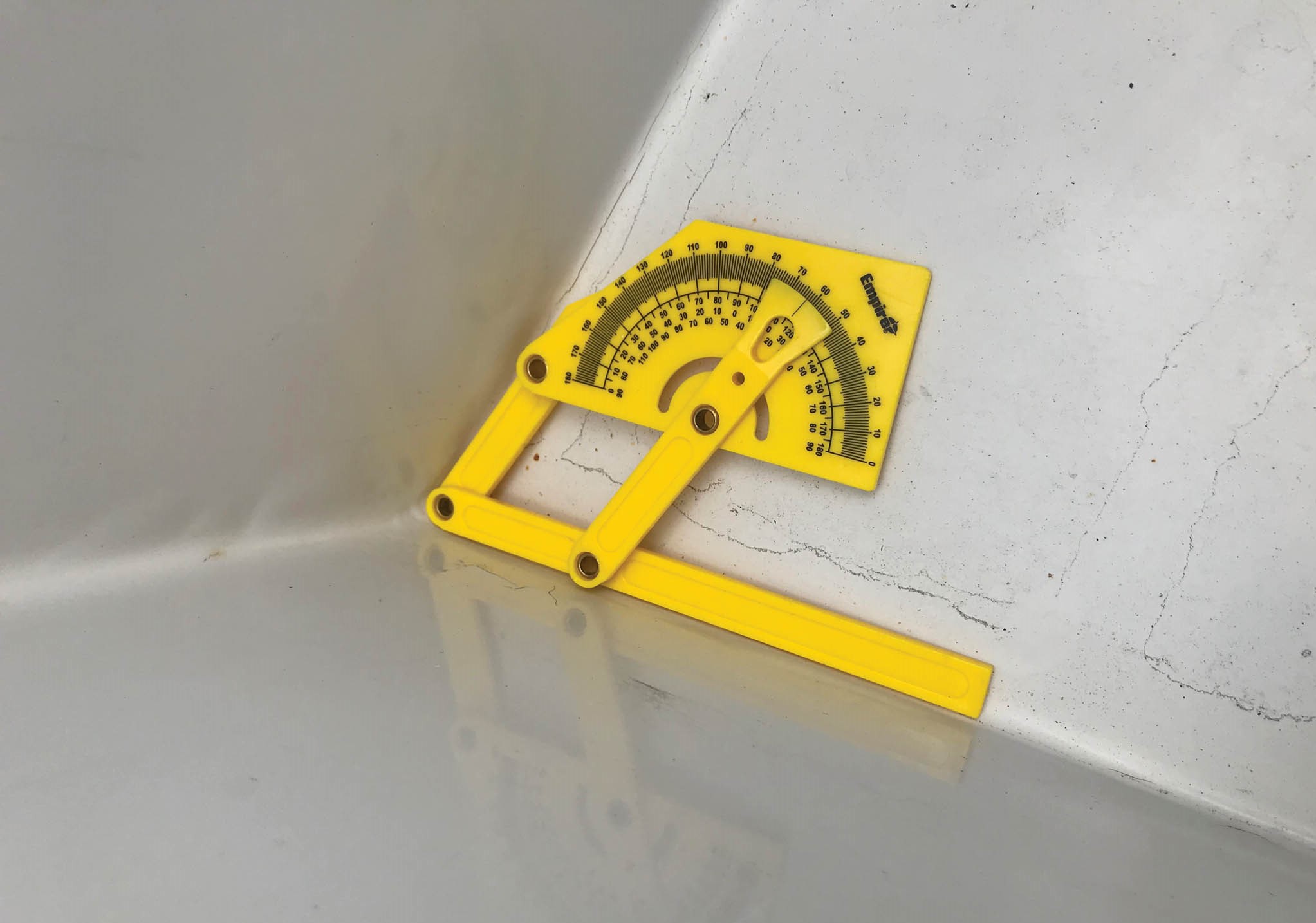

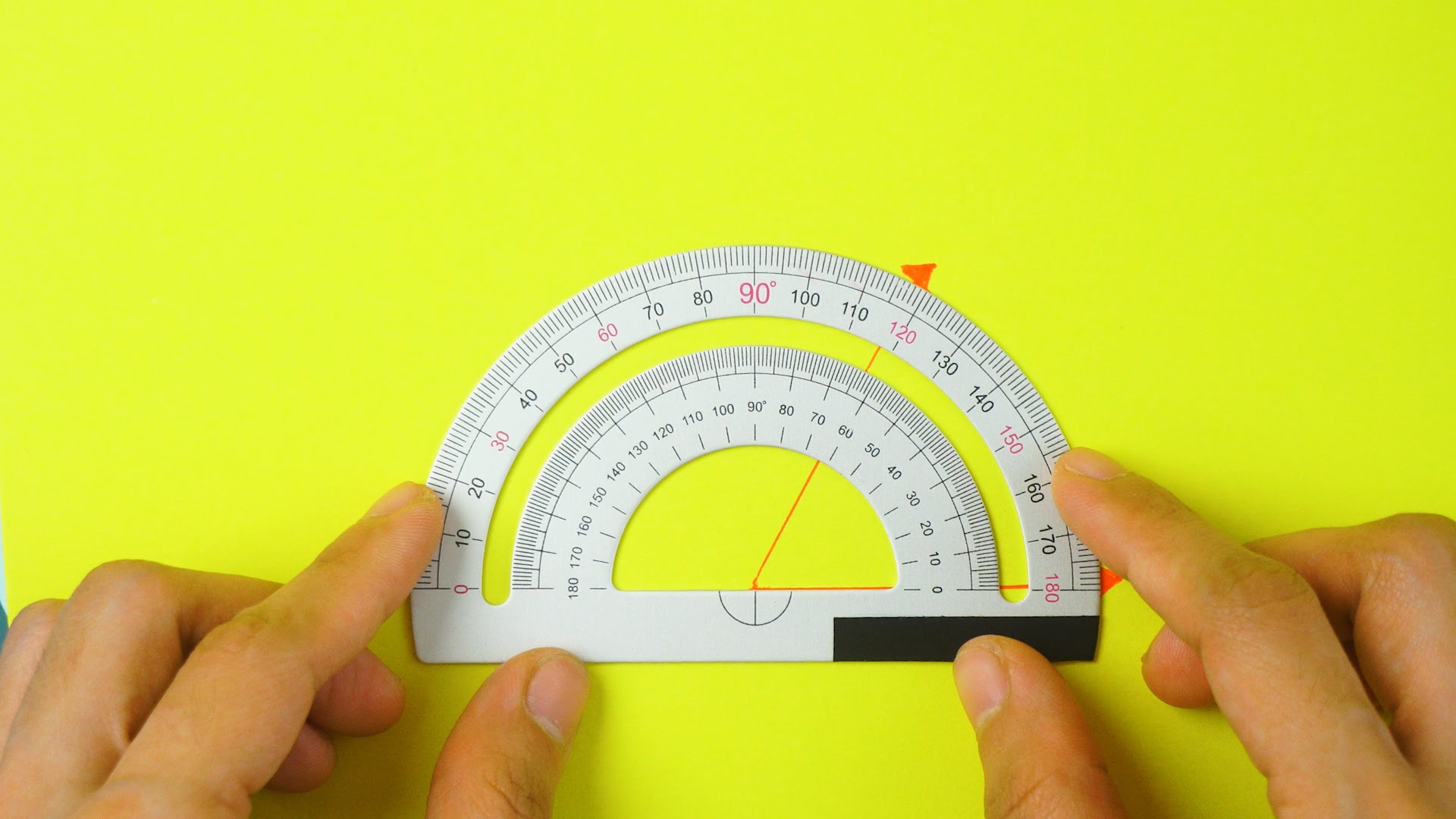
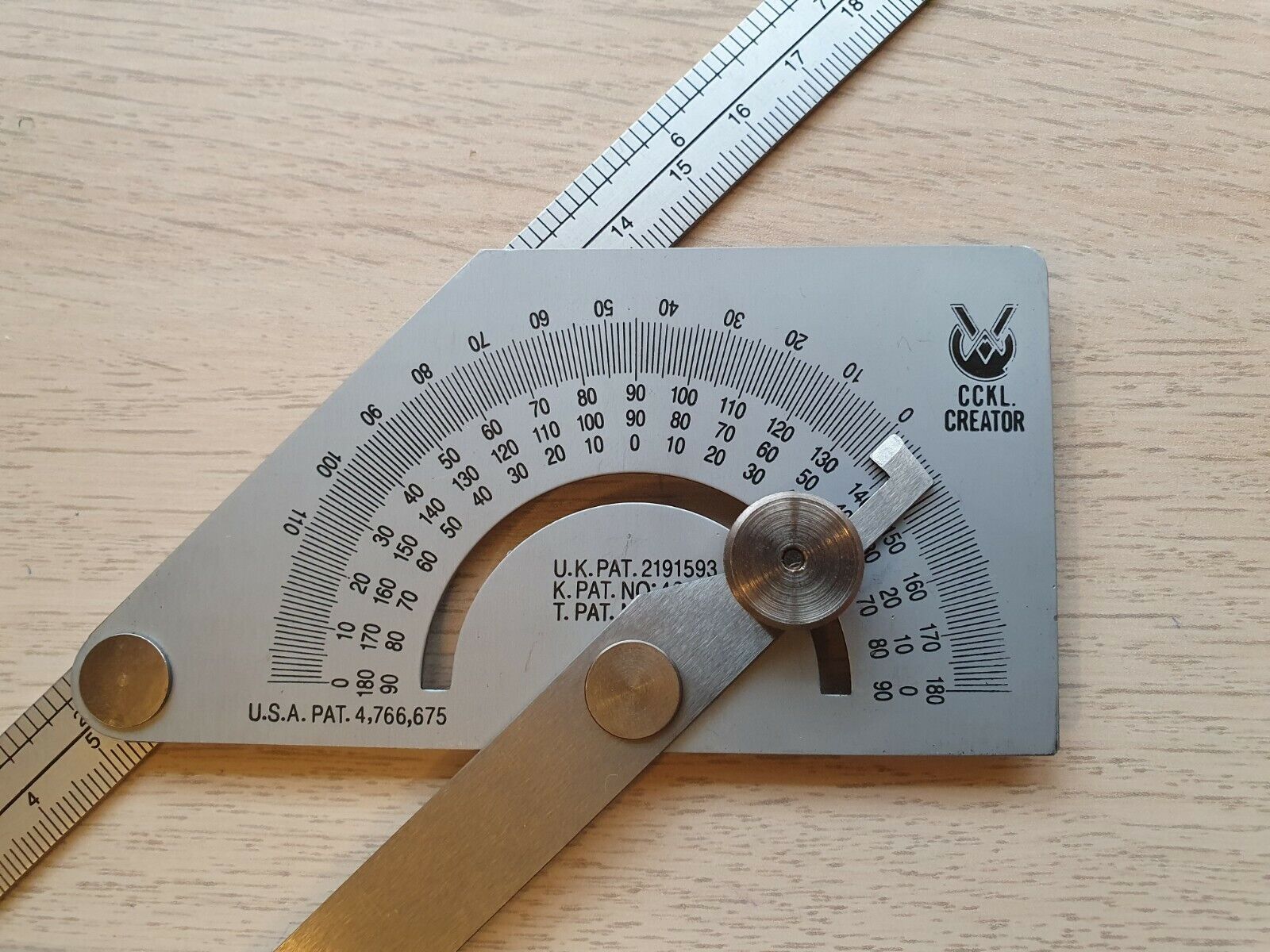

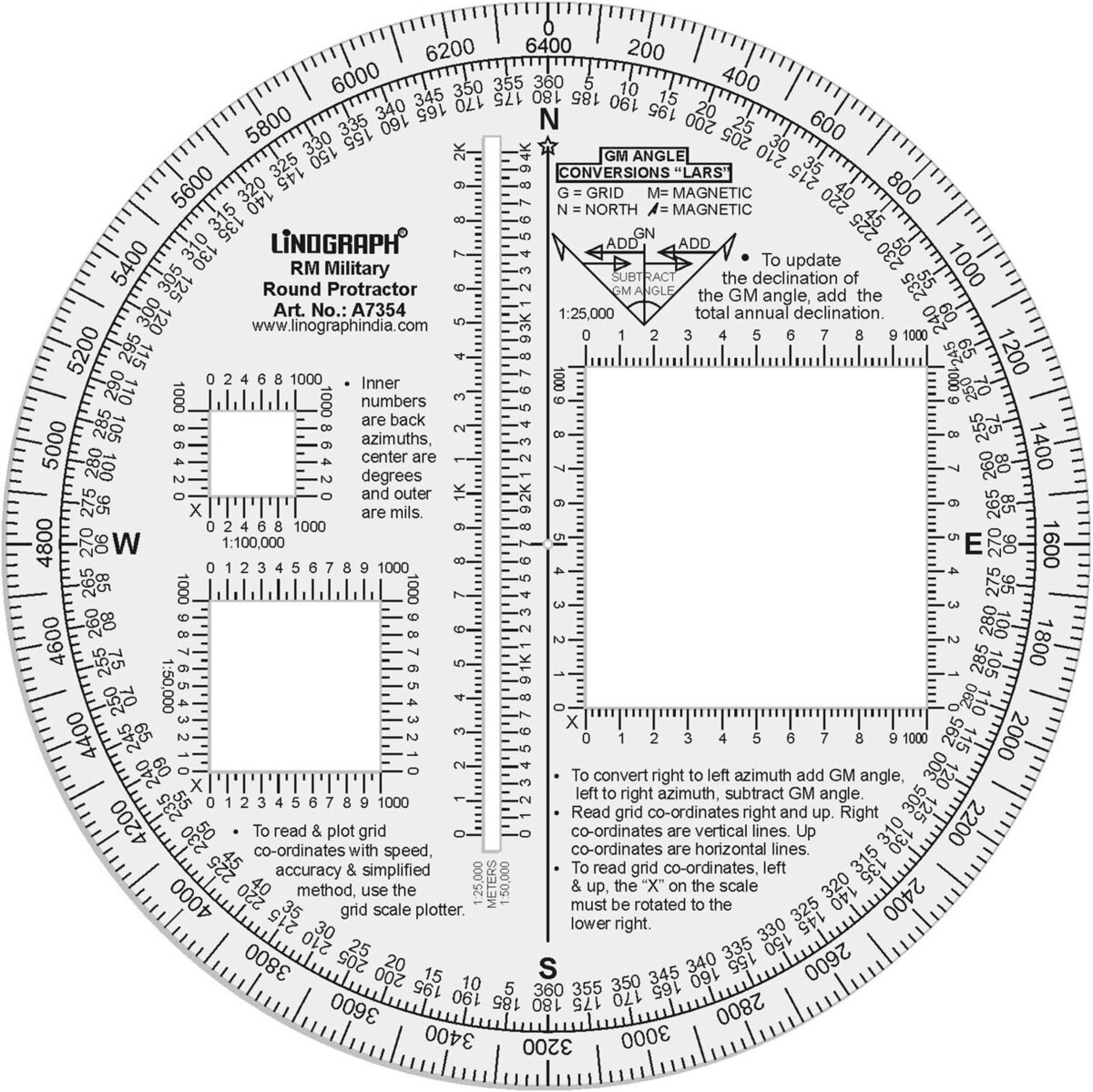
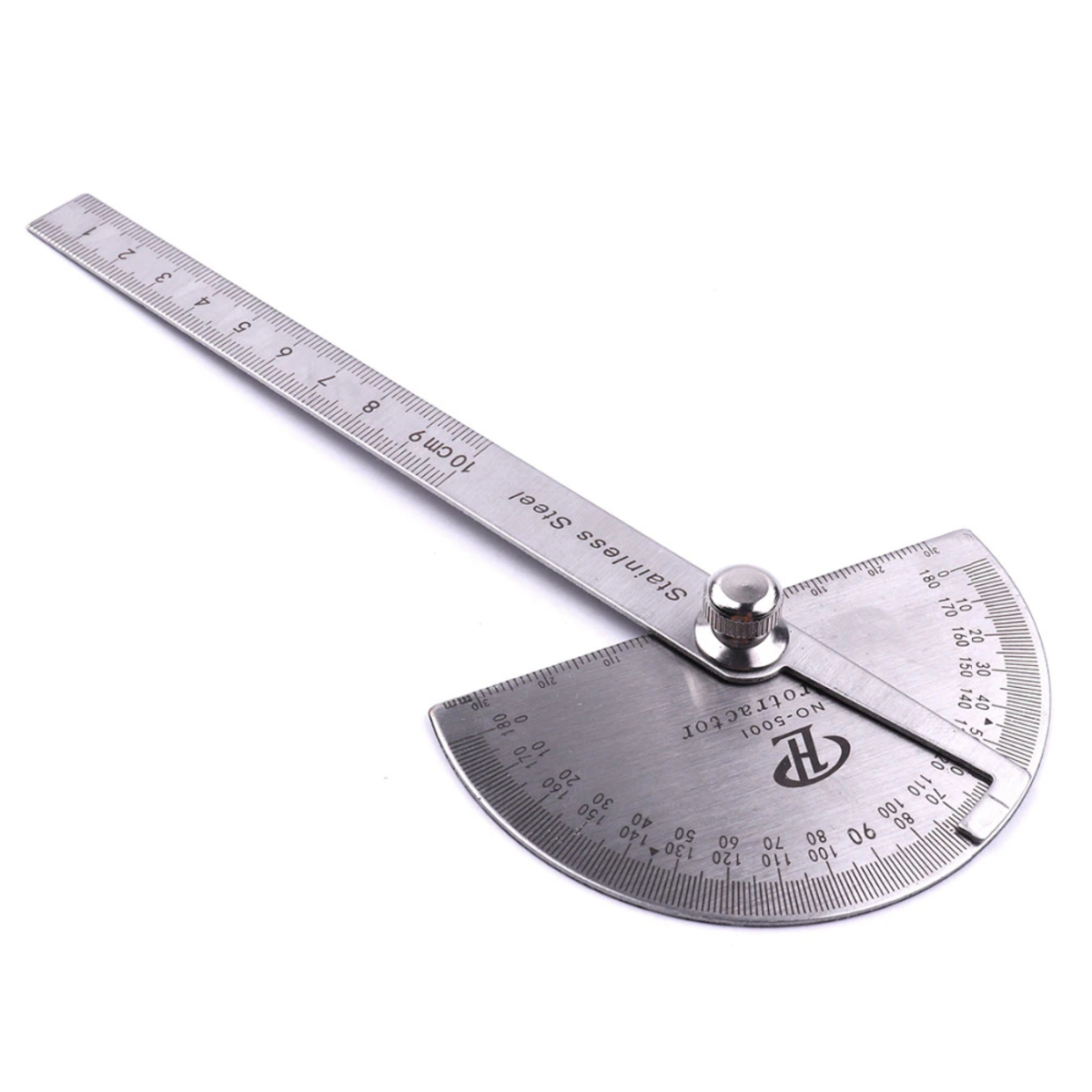
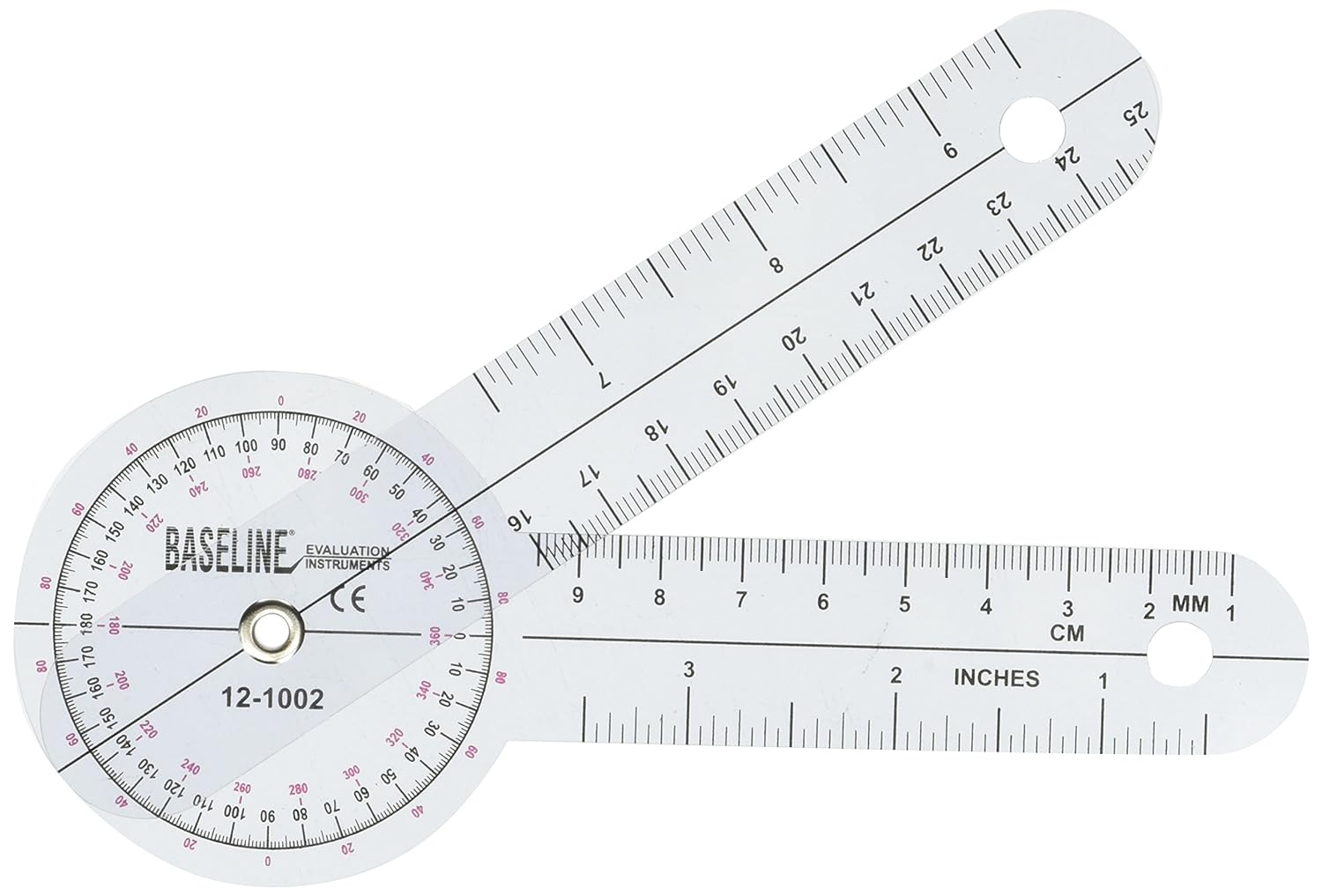
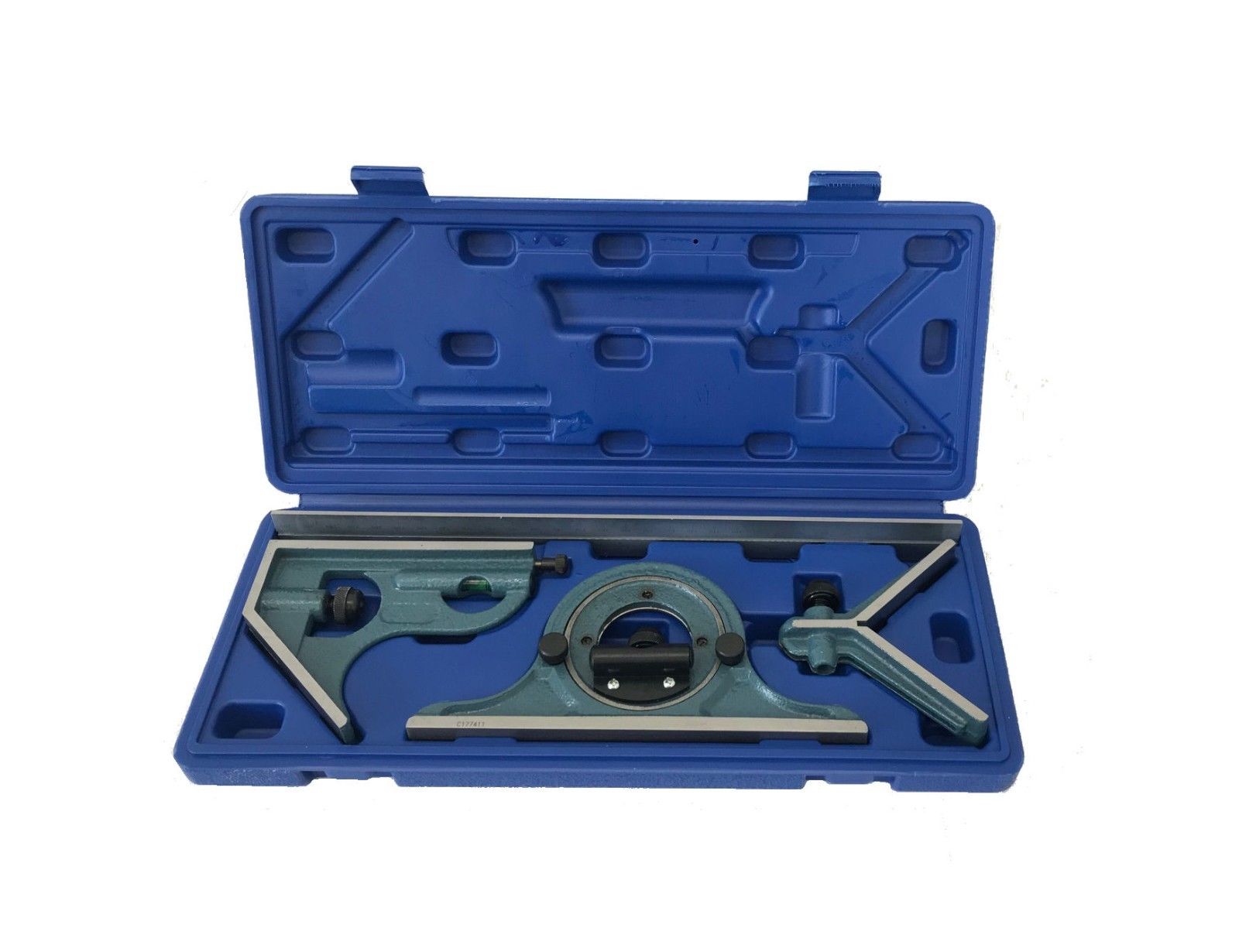
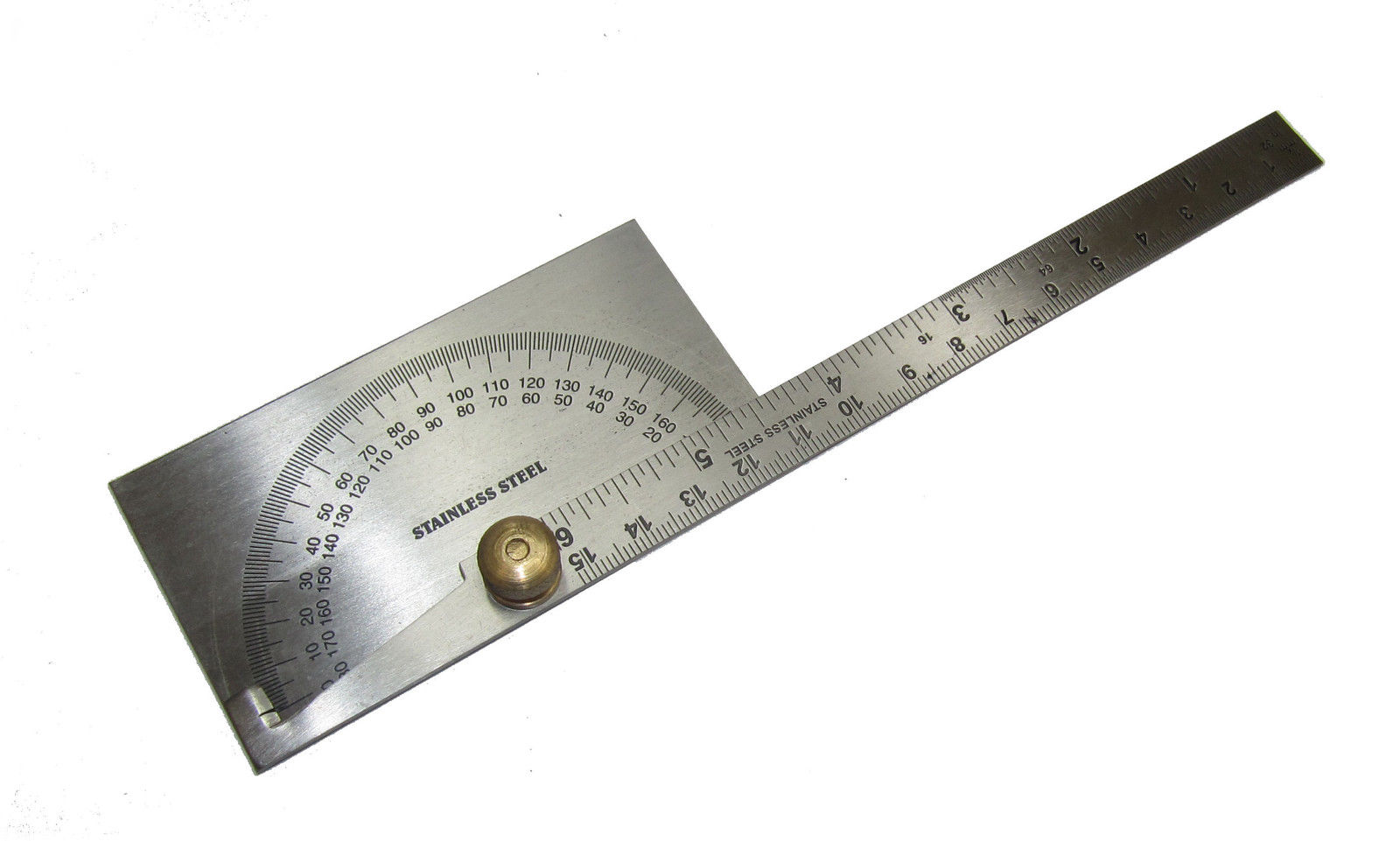
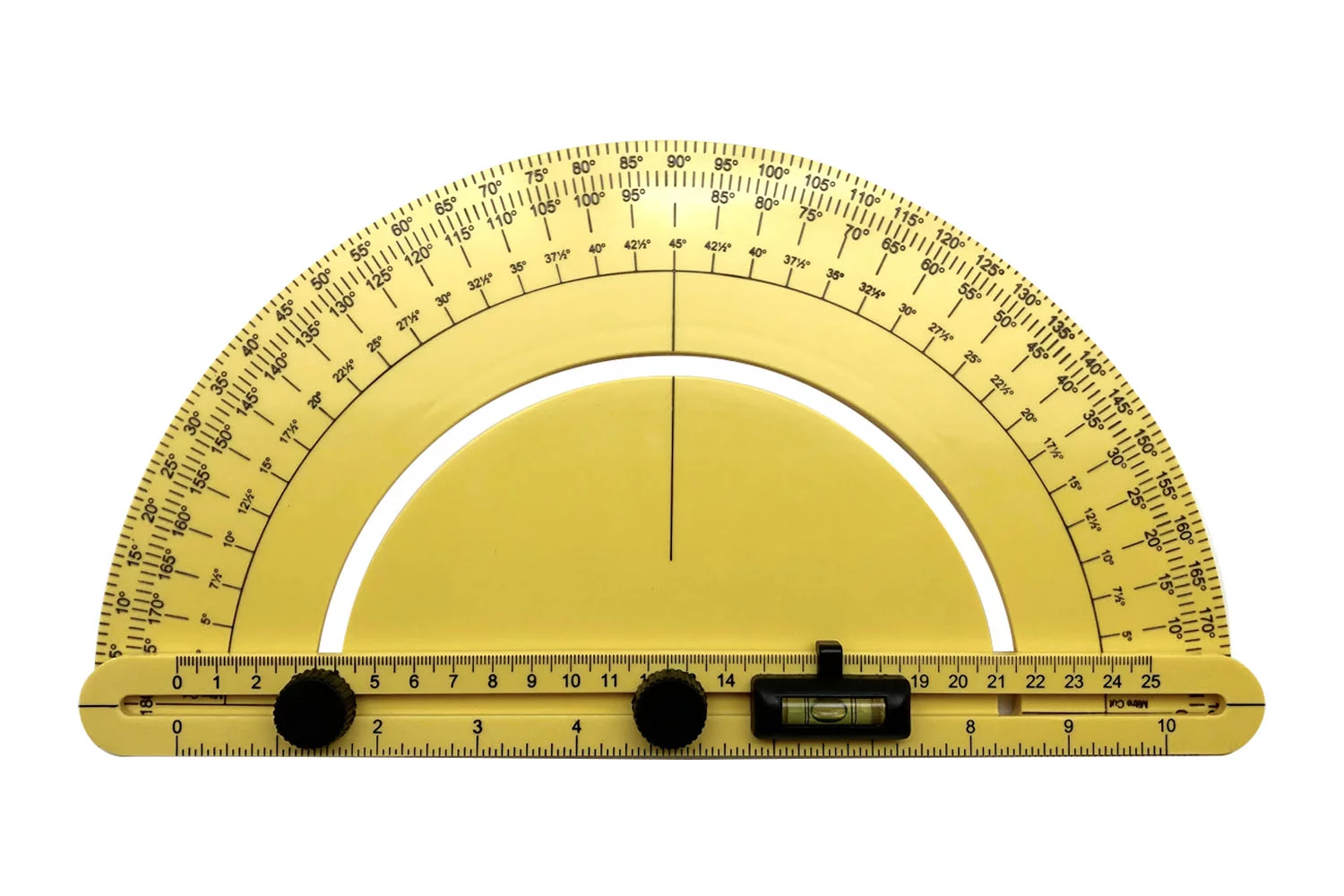
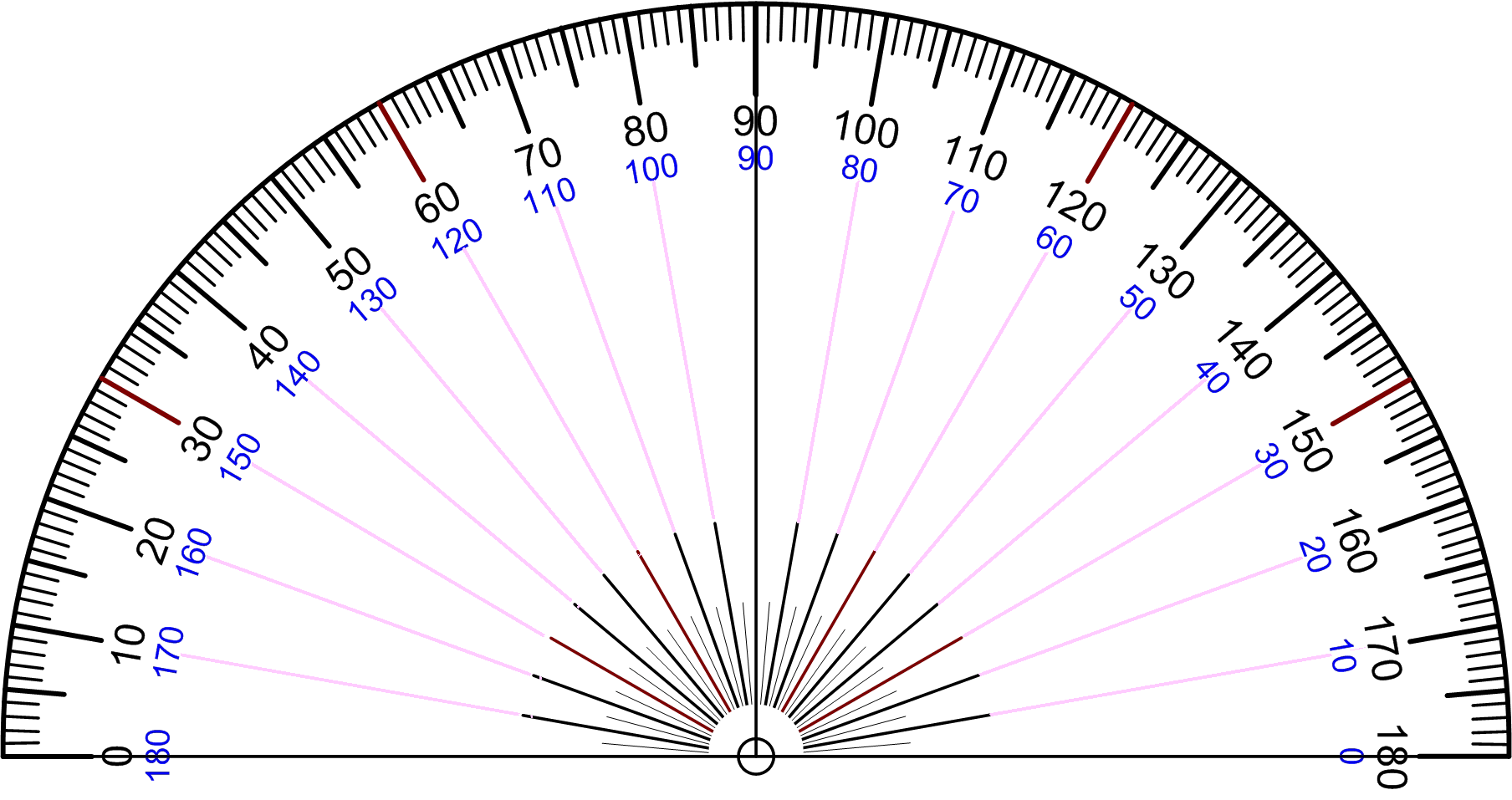

0 thoughts on “How To Find The Angle Of Rotation Without A Protractor”